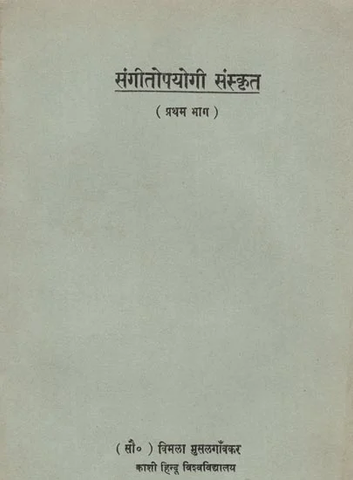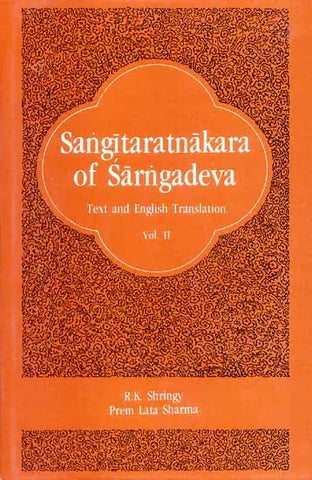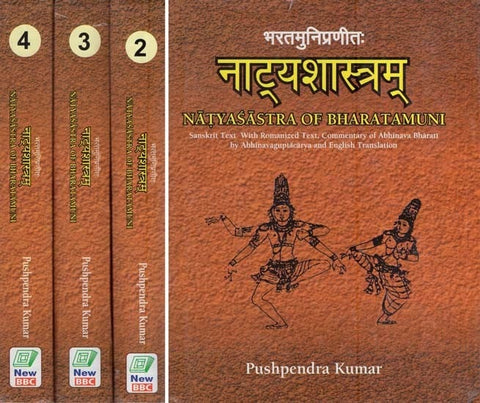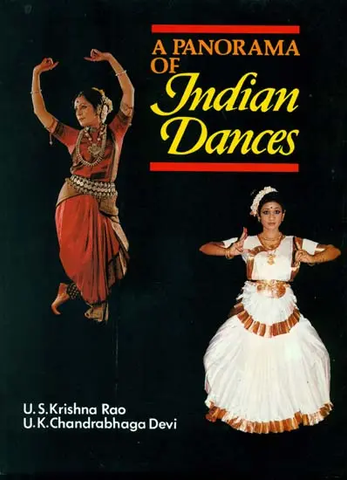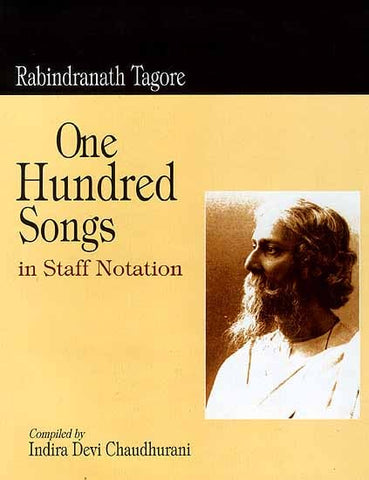Your cart is empty now.
Jomos are nuns, celibate women devoted to the practice of Buddhism. Kinnaur is a Himalayan tribal district on the Tibet border in Himachal Pradesh, India. This ground-breaking book tells the story of Kinnauri jomos in their own voices through their two song genres-Kinnauri and Tibetan-and their self-narrated lives.
After hearing a Kinnauri jomo singing at a hermitage in north India, the author sets out to trace the jomos back to their villages in Kinnaur. Journeying into the mountainous land of the Kinnauras-said to be descendants of legendary celestial musicians-staying in isolated villages, and participating in the jomos’ daily lives and rituals, she begins to understand who these women are, what Buddhism means to them, and why they sing.
The book, based on interviews and recordings of 50 jomos over a 15-month period, contains the texts of 23 songs and 7 life stories.
Linda LaMacchia is an adjunct assistant professor in humanities at the University of Maryland University College in Adelphi, MD, U.S.A., and holds a Ph.D. in South Asian Studies from the University of Wisconsin-Madison.
Introduction
This study of jomos (nuns) is based on their self-narrated lives, songs, and Buddhist ideology in the Himalayan Kinnaur district of Himachal Pradesh, India. On one level of meaning, this study reveals the contributions of jomos to maintaining and spreading Buddhism in Kinnaur. The jomos accomplish this through acts of devotion and service such as teaching younger nuns, memorizing texts, meditating, and preparing the altar. In their view these acts also serve their own spiritual progress by purifying negative Karma, accumulating merit, increasing knowledge, and so on. To tell about such acts and the basic Buddhist ideas they are based on is one level of meaning that jomos express in their songs and life stories. On another level of meaning, this work illustrates the process by which Buddhism assimilates the customs of a particular place while at the same time being assimilated. Buddhism is known for its ability to integrate local beliefs and traditions, and this ability is one of its greatest strengths. The process by which Buddhism takes root locally is another level of meaning that jomos’ songs and life nodes express, and this work demonstrates that women religious practitioners play a significant role in that process.!
The full meaning of the nuns’ religious expression is not visible if we study only the "Buddhist" beliefs expressed by the jomos. At this level, the songs present in a straightforward, uncomplicated way basic Buddhist ideas. Life stories echo these ideas and attempt to show that the glomos have followed a non-gendered Buddhist ideal in becoming renunciants and seeking knowledge. Read in a different way, though, the stories tell of a jomo’s struggle to be a renunciant, and show in many or most cases that jomos have not been able to renounce fully: they can not completely give up their family responsibilities when they stay in their natal villages or even when they leave Kinnaur. Often, for example, nieces and nephews, younger sisters or brothers follow them to their hermitage. The details of an individual’s struggle vary. In the vernacular songs, if we look at what else is expressed besides "Buddhist" ideology, we find village gods and tree spirits, a strong connection to local place, landscape, river, and inhabitants. In addition, there is the presence of the vernacular language, a context of orality and conventions that are shared with the secular song tradition, in contrast to the Tibetan language and literary context of the prayers, liturgies, and rituals the nuns recite and the Tibetan songs they sing. In other words, on one level, jomos’ songs and stories tell the Buddhist story; on an another level, they tell the female renunciant, regional, and local story. This work argues that jomos, who are in an ambiguous position, neither fully renunciant nor lay, are key figures in embodying and expressing the process by which Buddhism is reproduced and given meaning locally.
Back of the Book
“….a valuable and original effort that will significantly add to our knowledge of beliefs and practices of living Buddhism in the Himalayas….”
University of Wisconsin-Madison
“The religious lives of renunciant women in Kinnaur are brought to life through their verses of spiritual insight, accessible to readers for the first time in this volume.”
University of San Diego.
| ACKNOWLEDGEMENTS | xiii |
| NOTE ON LANGUAGES | xv |
| INTRODUCTION | 1 |
| Kinnauri Background | 2 |
| Geography | |
| Ethnicity/caste | |
| History | |
| Language | |
| Kinnauri women | |
| Two religions | |
| Origins of Buddhism in Kinnaur | |
| Beginning the Research | 25 |
| Research Methods and Materials | 27 |
| Outline | 38 |
| CHAPTER 1 JOMOS OF KINNAUR |
41 |
| Who are the Jomos of Kinnaur? | 42 |
| History of the Jomos’ Lineage | 47 |
| Becoming a Jomo | 51 |
| Living as a Jomo | 57 |
| Religious Work: Learning and Practicing Texts, Prayers, and Rituals | 60 |
| Jomos’ Song Traditions | 67 |
| Case study: Jomos of Kanum village | 71 |
| Leaving Kanum | |
| A Kanum nun’s story | |
| CHAPTER 2 GURUS AND DISCIPLES |
|
| Buddhist Ideals and Images of the Guru | 84 |
| Gurus in Nuns’ Songs | 85 |
| Song of Bure Temple | |
| Song of Kangyur Rinpoche | |
| Song of Yulgyal Tulku | |
| Actual (Nun) Gurus and Disciples | 100 |
| Chandra Mani: The Biography of a (Nun) Guru | 102 |
| CHAPTER 3 SONG IN KINNAURI BUDDHIS: GITHANG AND MGURMA |
119 |
| Two Genres | 120 |
| Githang | 123 |
| Song of Negi Rinpoche | |
| Song of Lotsa Rinchen Zangbo | |
| Song on Impermanence | 147 |
| Mgurma | 147 |
| Ga Rinpoche’s mgurma | |
| Lama Topgyal’s (Ani Dolma’s) mgurma | |
| Sung-gur I | |
| CHAPTER 4 KINNAURI NUN’S SELF-PRESENTATION IN SONG AND LIFE STORY |
163 |
| Self-Presentation in Nuns’ Songs | 164 |
| Songs about female renunciation | |
| Songs in which appear female Buddhas. | |
| goddesses, and dakinis | |
| Songs about the singer/composer’s (male) | |
| guru (and the guru’s mother) | |
| Songs about temples, villages, miraculous events | |
| Mgurma, songs composed by lamas and written down in Tibetan | |
| Self-Presentation in Nuns’ Life Stories | 185 |
| Suffering and hardship | |
| Chos Nyid Zangmo’s story | |
| Upal Devi’s story | |
| Renunciation | |
| Tenzin Dolma’s story | |
| Becoming a jomo | |
| Leaving home | |
| Acquiring knowledge (and other achievements) | |
| Chosem Dolma’s story | |
| Bogti’s story | |
| Self-Presentation: Some Conclusions | 201 |
| Postscript: Why Don’t Nuns Sing about Nuns? | 202 |
| CHAPTER 5 CONCLUSIONS |
205 |
| Appendix 1: List of Jomos, Lamas, and Scholars | 215 |
| Appendix 2: Chos Nyid Zangmo interview | 219 |
| Appendix 3: Githang | 233 |
| Appendix 4: Mgurma | 279 |
| Appendix 5: Death of Negi Rinpoche: Told by Bogti and Tenzin Dolma | 293 |
| BIBLIOGRAPHY | 309 |
| INDEX | 329 |
| PLATES |
Delivery and Shipping Policy
- INTERNATIONAL SHIPPING
- Rs.1000-1100/kg
- ESTD. Delivery Time: 2-3 weeks (depending on location)
- Bubble Wrapped with Extra Padding
- NATIONAL SHIPPING
- NCR: Rs. 30/half kg
- Standard: Rs. 80/half kg
- Express shipments also available on Request
- ESTD. Delivery Time: Ranging from 1-4 days up to 7 business days (Depending on your choice of Delivery)
- TRACKING
- All orders; national or international, will be provided with a Tracking ID to check the status of their respective orders
- Depending on the Shipping Service, Tracking ID may be used on their respective tracking portals
Frequently Asked Questions (FAQs)
Domestic Shipping: 3-4 Days (after shipping)
International Shipping: 1-2 weeks (based on your location)
You will receive an email once your order has been shipped or you can email us if you didn't receive tracking details (info@mlbd.co.in)
Every book that we sell is the latest edition except all the rare books
Yes, we do provide free shipping, only on domestic orders (within India) above Rs.1500



